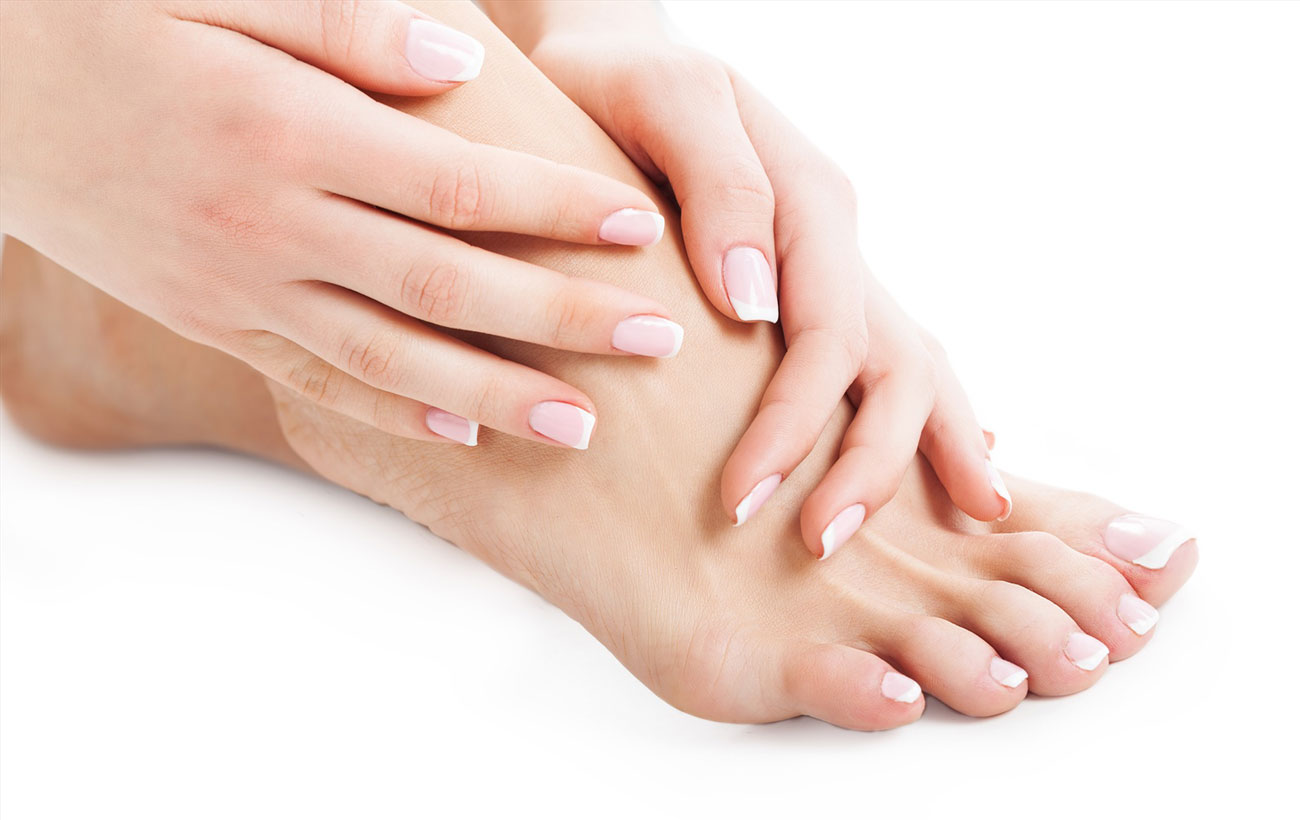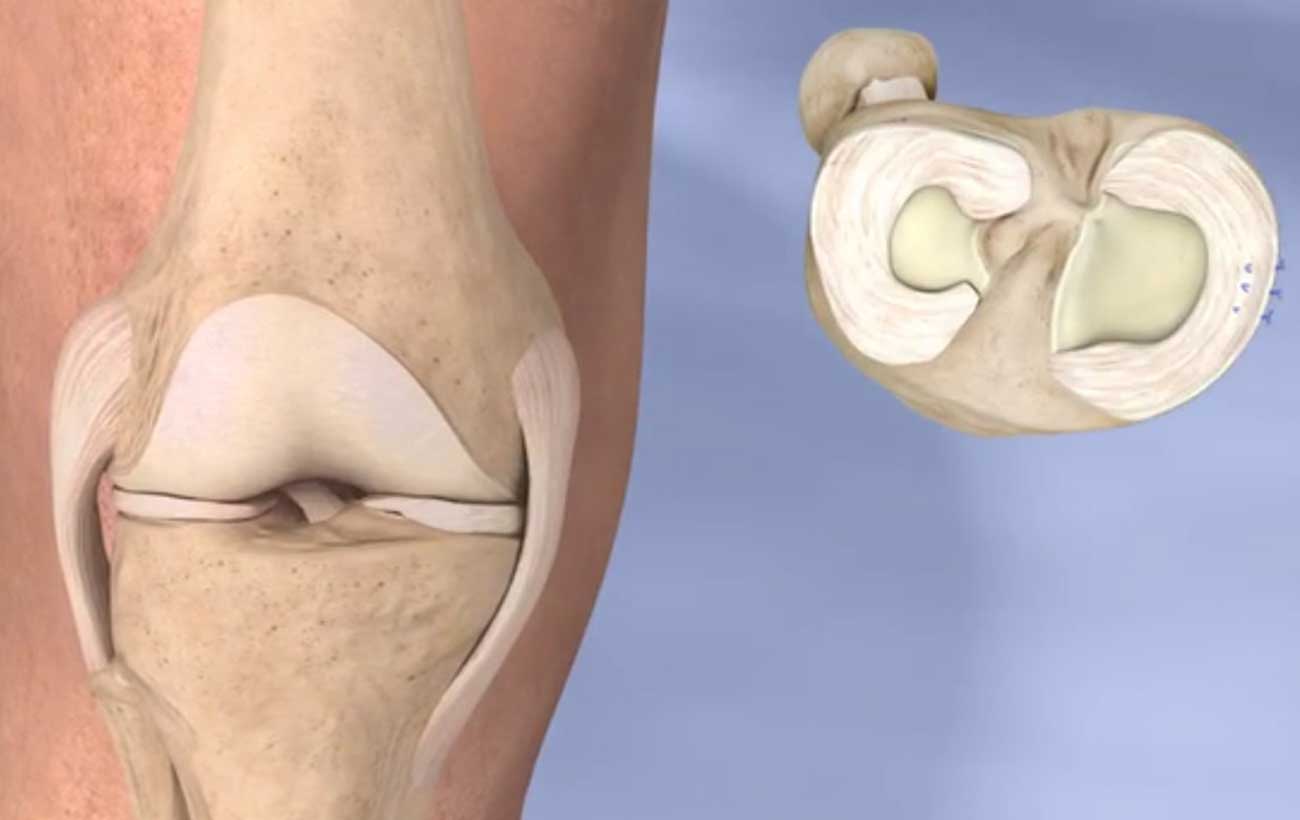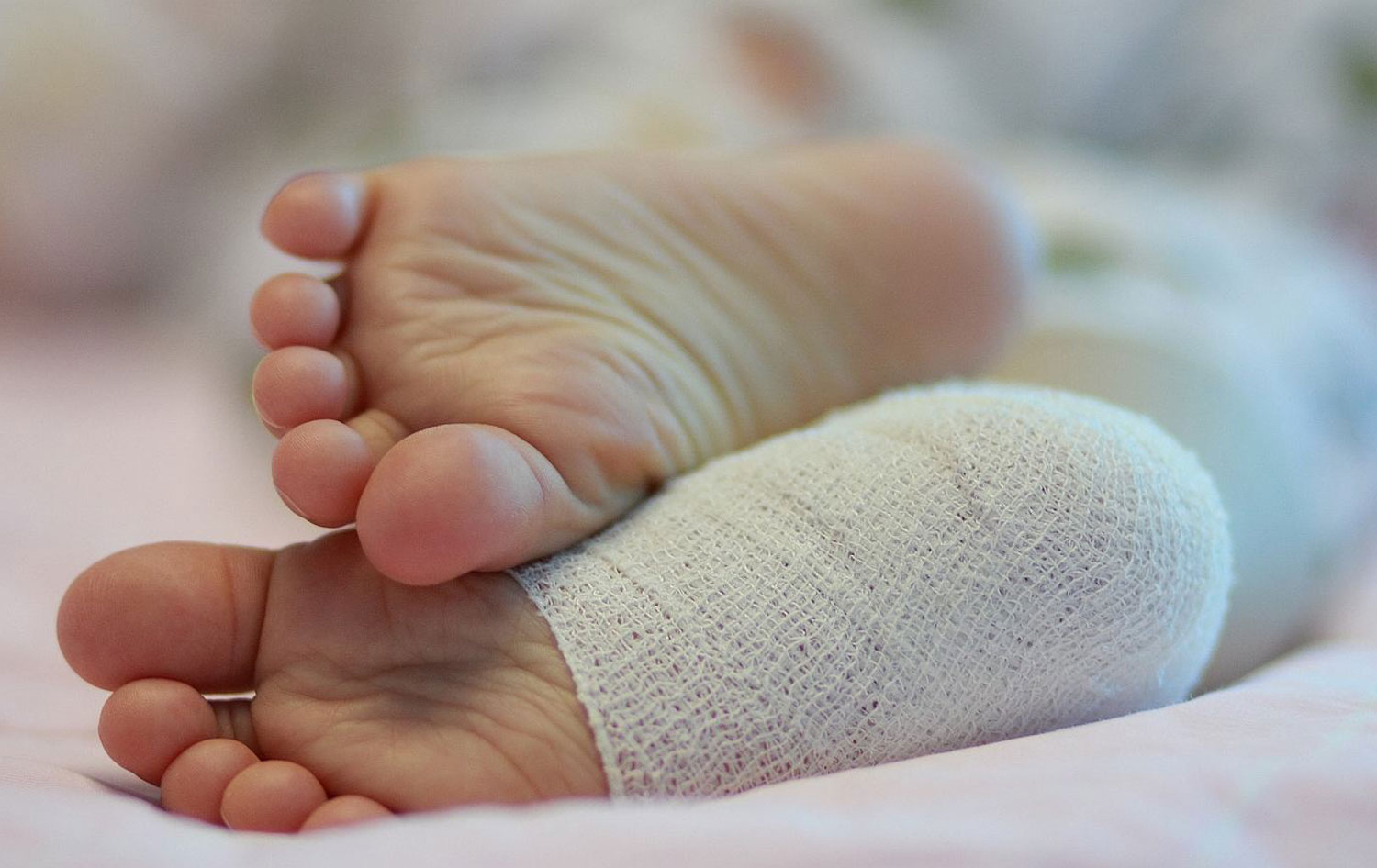innovative techniques Platelet-rich plasma therapy Times have changed since the days of bloodletting, when doctors…

Calluses and Corns
Calluses and corns are thickened areas of skin caused by rubbing (friction) or pressure. The outer layer of skin thickens to protect the bone under the skin with extra padding. Calluses most often occur on feet and hands. Corns are a type of small callus that occur on or between toes.
Risk Factors
You are more at risk for calluses and corns if you:
- Are very physically active
- Wear shoes that don’t fit well
- Don’t wear socks with shoes
- Have other foot problems
- Play a musical instrument
- Work with your hands
Treatments
Treatment will depend on your symptoms, your age, and your general health. It will also depend on how severe the condition is.
Treatment for corns and calluses can include:
- Trimming the skin. Your healthcare provider may advise using a nail file or pumice stone to reduce the skin on a corn or callus. You may be told to do this after the skin is softened in a bath or shower. In some cases, your healthcare provider may use a sharp tool to trim away the outer layers of skin that make up the corn or callus.
- Salicylic acid. You may put salicylic acid on the corn or callus to soften and remove some layers of skin.Urea cream. You may use this to thin out the skin.
- Padding. Moleskin patches or soft pads can help protect the skin where corns and calluses form, and reduce pain and rubbing.
Cortisone injection. Cortisone medicine can be injected into a painful corn or callus to reduce pain. - Changing shoes. If you have corns, your healthcare provider may advise wearing shoes that have more toe room. This will help prevent your toes rubbing against the top of the shoe.
- Wearing shoe inserts. If you have calluses, wearing a cushioned insole, arch support, or heel counter can help reduce friction. Orthotics are special inserts for shoes that are come in different shapes and sizes to help with foot problems. They can help cushion calluses or move pressure away from problem areas where calluses form. Orthotics can help limit existing problems and prevent new ones from starting.
- Surgery. If a bone or joint is out of place, certain parts of your foot may be under too much pressure. This can cause severe corns and calluses. In such cases, surgery may be the best way to correct the problem. In most cases, surgery to improve foot bone position is an outpatient procedure. This means you go home the same day. Your doctor may cut away extra bone, reposition larger bones, or even attach (fuse) joints together. In some cases, tendons or ligaments are cut to reduce tension on a bone or joint. Your healthcare provider will talk with you about the surgery that will work best for you.



